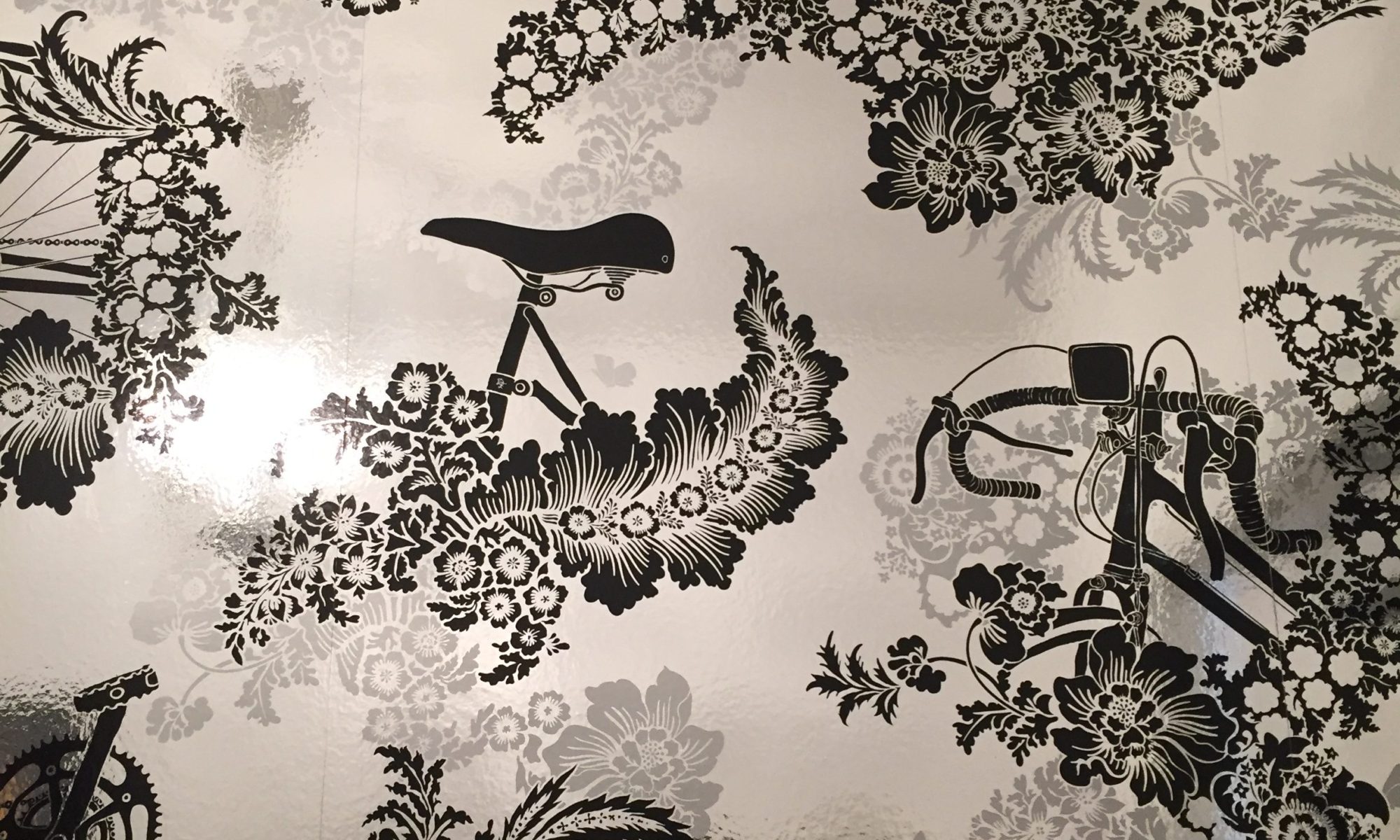The Wedding Issue. It’s kind of a big deal, double entendre intended.
Weddings and marriage and legislation and love. Hopefully, we’ll look back on 2012 as the year that banning same-sex marriage was kept out of the constitution. Still, it won’t be legal–even if somehow passed in Minnesota–due to the Defense of Marriage Act.
Still. And. But. We have a Wedding Issue.
Why?
Because you keep having weddings.
You are committing yourselves to each other. You are signing documents. You are rallying your friends and family to bear witness to your love.
You are loving.
Lavender has put out Wedding Issues in the past, but they’ve been small–a few articles here, a few photos there. Perhaps they’ve been indications of how we’ve been pussy-footing around the issue of weddings, until now.
This issue–in your hands, on your screen, on your iPad–is evidence that same-sex weddings are a force to be reckoned with, as are the people getting married. And their friends. And their families. And the wedding industry, itself. As I approached people to potentially contribute to this publication’s editorial content, I asked: 1.) Do you work with same-sex couples and 2.) if you do, do you have photography or stories you’d like to share? The response was overwhelmingly positive. Many wedding industry professionals welcome you. They want to work with you. And, many who already have, are featured in the pages here.
These folks aren’t quite pioneers, as people have been having union and commitment ceremonies for a long time. But, “coming out” as supporting same-sex weddings from within an industry that has relied solely upon heterosexuality, well…these advertisers and vendors deserve some major props for being on the front end of the wave that is sure to come.
What I hope most is that you see yourself in these pages, whether you’ve got a wedding in your future or your past, as a bride or groom or guest. Or whatever you would like to call yourself. The significance of this issue is that it lends legitimacy to what we’re working toward. Equal rights. A legitimacy that includes you.
All my best,
Andy
See expanded issue online and via iPad app.
